Adaptive reuse architecture in India is a practice that involves repurposing existing structures, addressing various challenges, and leveraging the country’s rich historical and architectural heritage. Repurposed structures serve as attractions, drawing tourists to explore unique and historically significant spaces. Modern amenities in historic settings are integrated into providing a balance between preserving architectural heritage and meeting contemporary lifestyle needs. Adaptive reuse architecture has catalysed innovation and creativity in architecture and design, as designers are challenged to find unique and sustainable solutions. Adaptive reuse architecture in India represents a harmonious blend of history and modernity, offering solutions to urban challenges while celebrating the country’s rich cultural heritage.
What is Adaptive Reuse?
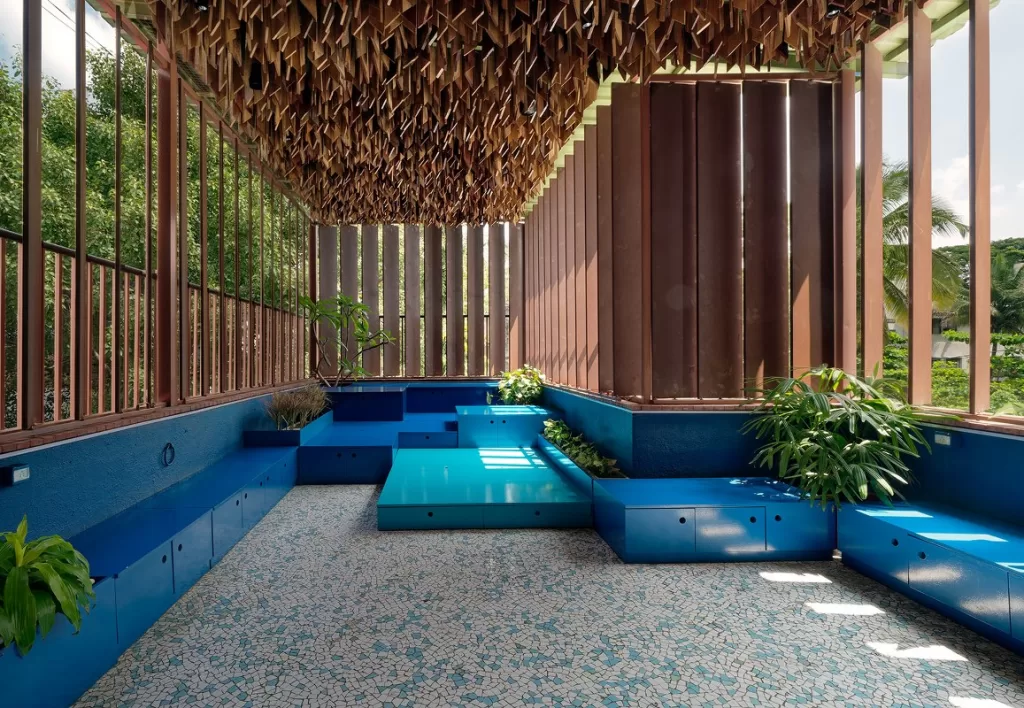
Adaptive reuse involves repurposing existing buildings for new functions, focusing on sustainability, cultural heritage preservation, and economic benefits. It involves preserving historical buildings, minimising the need for new construction materials, and supporting economic revitalization. Creative design solutions are essential in adaptive reuse projects, often blending old and new elements. Functional transformations include industrial spaces, warehouses, and churches, while navigating challenges related to building codes, zoning regulations, and safety standards. Cultural and social impact is significant, and mixed-use developments often result. Successful projects showcase the adaptability of existing structures while preserving architectural heritage.
Advantages of Adaptive Reuse
Adaptive reuse emerges as a preferred and eco-conscious strategy in urban development, providing a myriad of advantages that redefine the way we transform and revitalise existing spaces.
1.Breathing New Life Sustainably
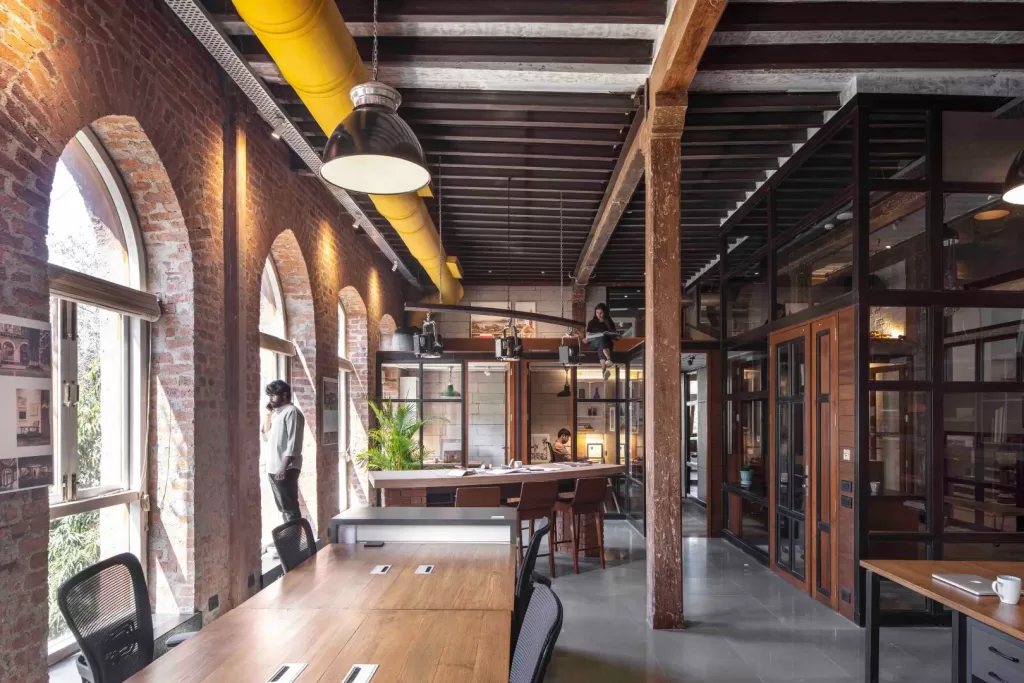
Adaptive reuse as a sustainable practice minimises construction impact, energy efficiency, waste reduction, and embodied energy. It involves retrofitting existing buildings with energy-efficient technologies, reducing energy consumption and waste. Adaptive reuse contributes to biodiversity preservation by avoiding the destruction of ecosystems associated with new construction. It fosters community identity and a sense of place, ensuring long-term resilience. Mixed-use developments promote sustainable lifestyles, reduce commuting, and promote walkable communities. Thus, adaptive reuse addresses environmental, social, and economic aspects of development, promoting long-term resilience and well-being.
2. Preserving Cultural Heritage
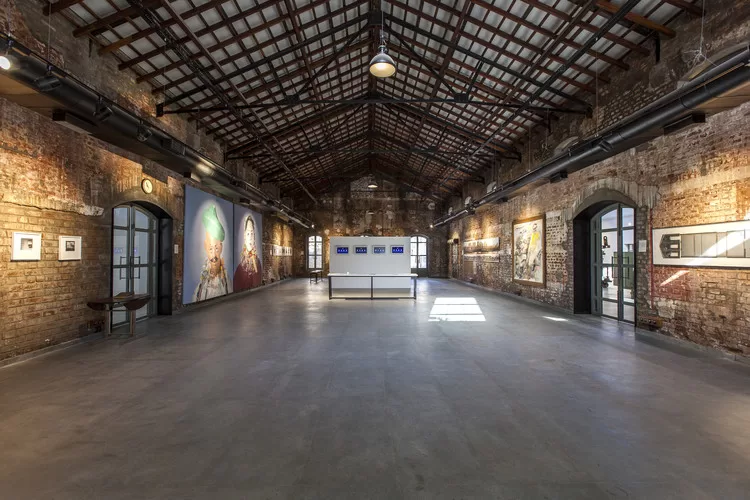
Adaptive reuse preserves cultural heritage by repurposing existing structures into contemporary contexts, maintaining authenticity, integrating old and new elements harmoniously, preserving architectural craftsmanship, enhancing cultural identity, and attracting cultural tourism. These structures are repurposed to meet contemporary needs, ensuring their relevance and functionality. It also transforms historical structures into public spaces, promoting social interaction and community engagement. It actively contributes to the preservation of cultural heritage by recognising its value, integrating it into contemporary life, and ensuring its continued relevance for future generations.
3. Empowering Communities
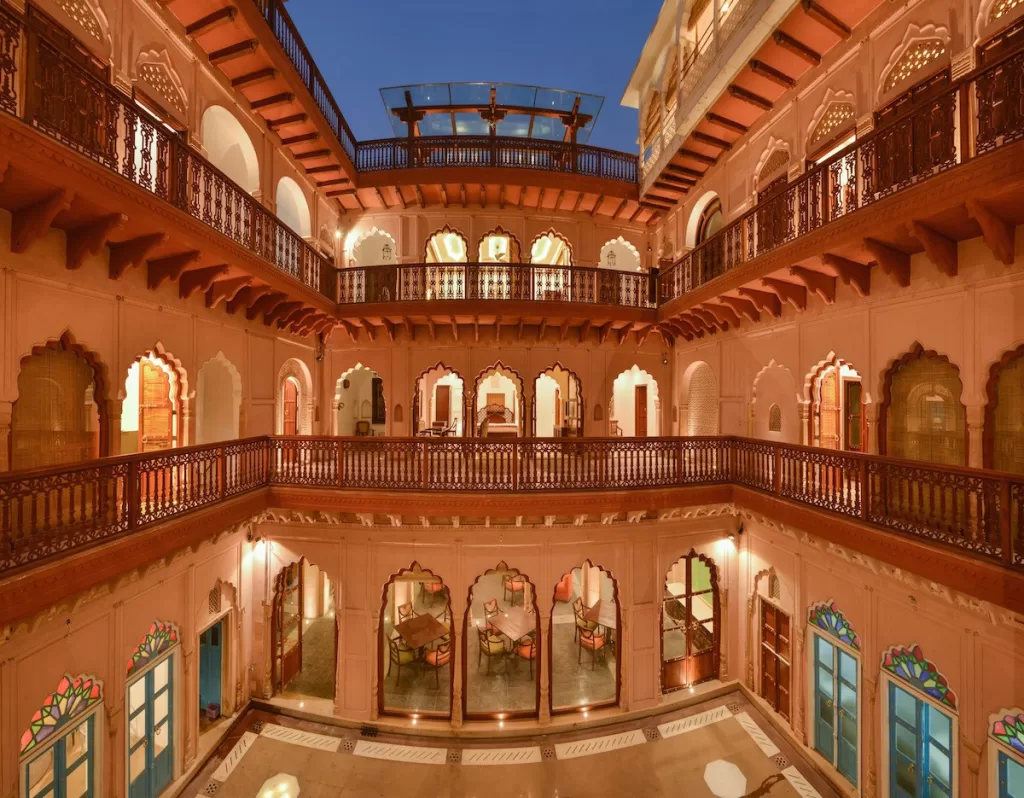
Community engagement is a vital aspect of adaptive reuse projects, involving the active participation of the local community in decision-making processes. This includes inclusive decision-making, preserving local identity, building trust and collaboration, offering educational initiatives, addressing concerns and feedback, creating shared spaces, supporting local businesses, integrating public art and cultural expression, and celebrating diversity. By involving the community in the planning and decision-making process, adaptive reuse projects ensure that the community’s voice is heard, preserving the cultural heritage of the area and promoting economic sustainability. This collaborative and inclusive approach not only results in more successful projects but also strengthens the social fabric of the community. Community engagement is a collaborative and inclusive process that empowers residents to actively shape the transformation of existing structures.
4. Reducing Urban Footprint
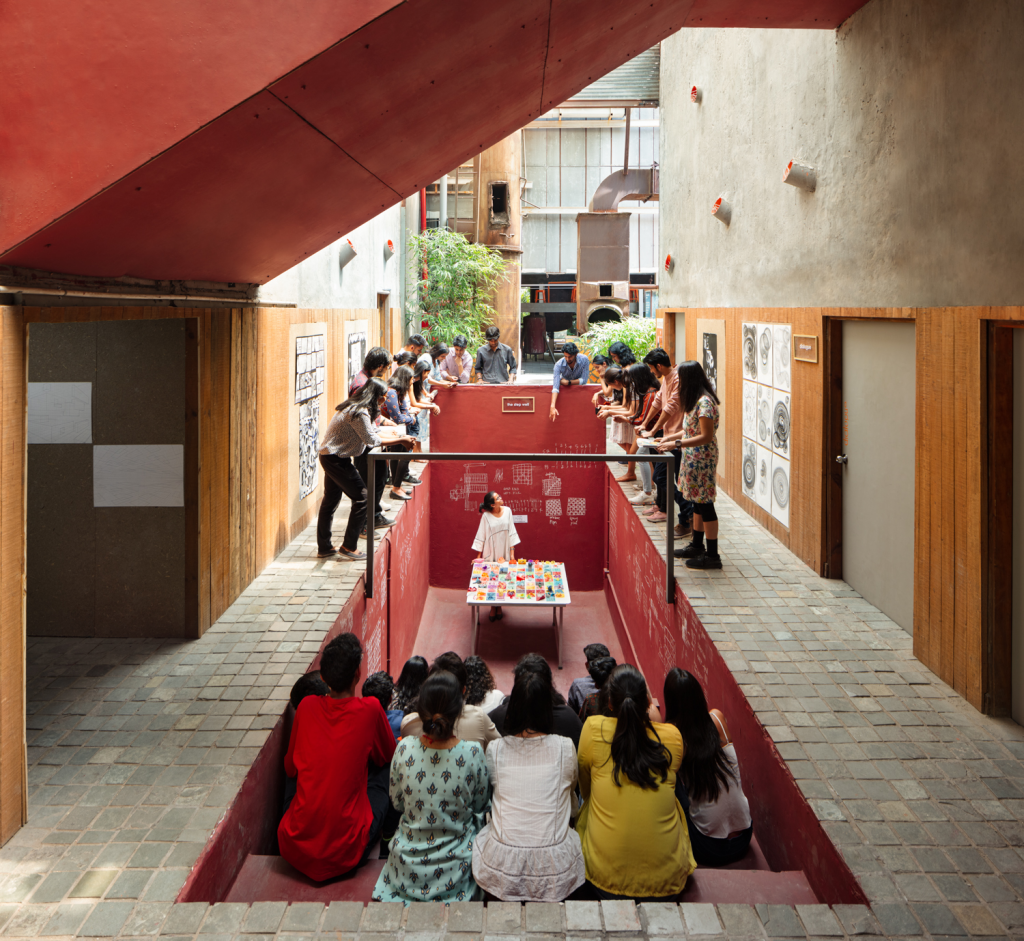
Adaptive reuse is a sustainable approach to urban sprawl reduction. It maximises land use within urban areas, densifies urban cores, revitalises brownfield sites, preserves green spaces, and optimises infrastructure. This approach counters the typical pattern of urban sprawl, which often converts natural and agricultural landscapes into developed areas. Densely developed urban areas with adaptive reuse projects are more transit-friendly, reducing reliance on individual car transportation. It also helps mitigate traffic congestion by reducing long commutes and focusing on development in urban cores. This approach supports a more sustainable model of urban growth, aligning with responsible and balanced urban development principles.
5. Revitalizing City Life
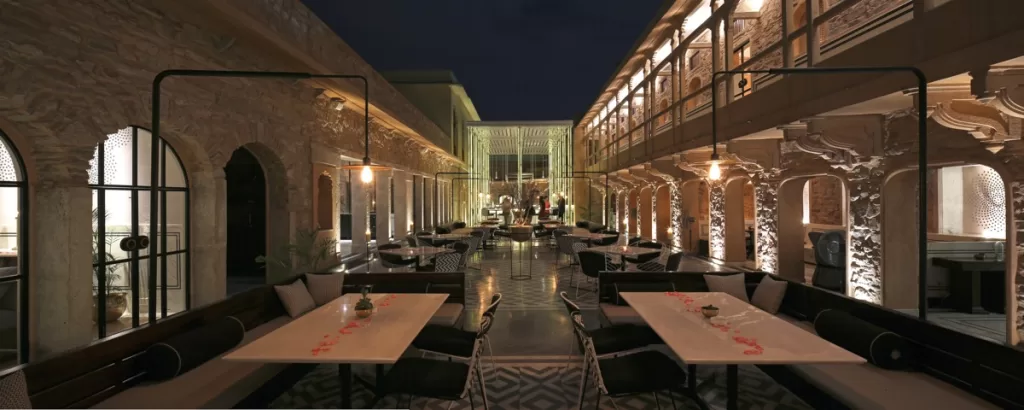
Adaptive reuse is a transformative approach to urban regeneration, promoting economic growth, cultural vibrancy, and community well-being. Repurposing old industrial buildings into cultural and creative hubs attracts artists, creatives, and events while attracting tourists. It minimises the environmental impact associated with demolition and new construction, contributing to the ecological health of urban areas. It fosters social inclusion and diversity by creating spaces catering to diverse demographics. Adaptive reuse also helps combat urban blight by transforming abandoned structures into functional spaces. Finally, it optimises existing infrastructure, minimising the need for extensive new development and reducing strain on public services and utilities.
Steps to Adaptive Reuse A Building
1. Evaluating Potential and Possibilities
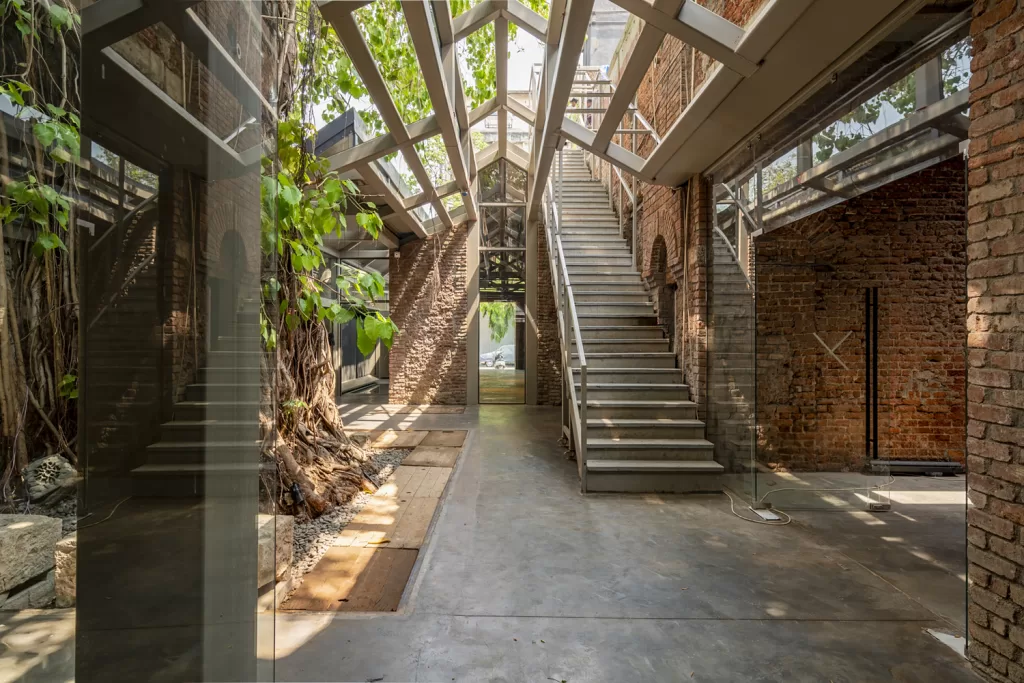
The assessment and feasibility study phase involves a thorough evaluation of an existing building, historical research, market analysis, stakeholder engagement, regulatory and zoning review, financial assessment, conceptual design and programming, cost-benefit analysis, and a feasibility report. This phase ensures the project aligns with community needs, regulatory requirements, and financial considerations, laying the foundation for informed decision-making and setting the direction for the subsequent stages of the adaptive reuse process.
2. Empowering Voices, Building Bonds
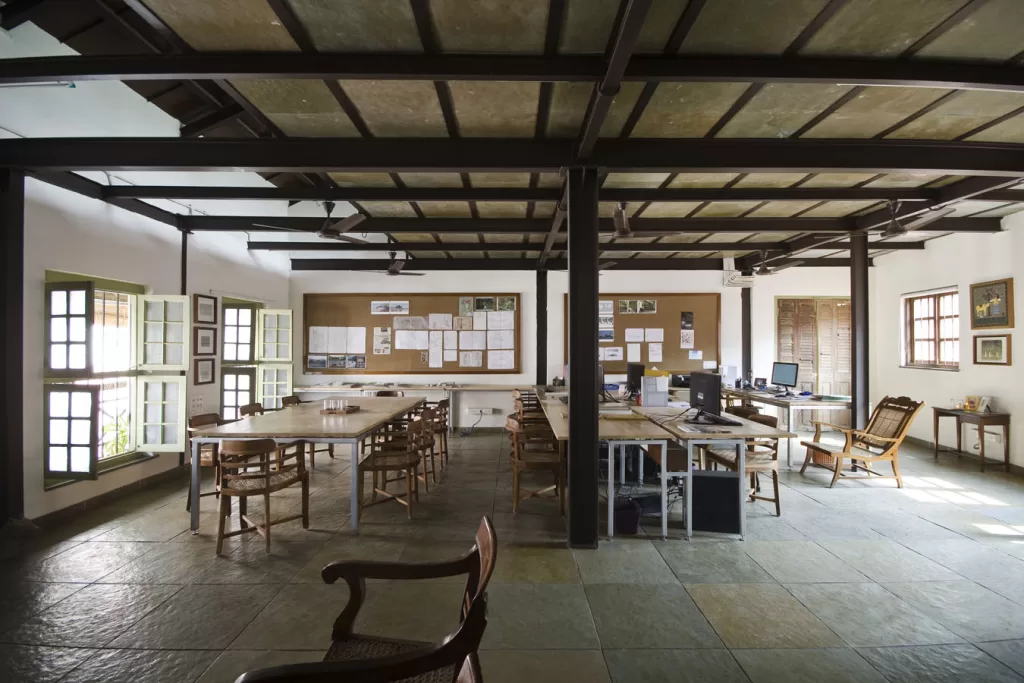
The adaptive reuse project involves several key steps, including organising stakeholder meetings, defining the project’s purpose and use, and assessing spatial requirements. Community engagement is also crucial, with workshops, forums, surveys, partnerships, public presentations, interactive design charrettes, and feedback integration. These steps help to ensure the project aligns with local goals and initiatives and fosters a sense of ownership and involvement. By incorporating community feedback into the project objectives and design plans, the adaptive reuse process becomes more inclusive, responsive, and aligned with the needs and aspirations of residents.
3. Thoughtful Budgeting
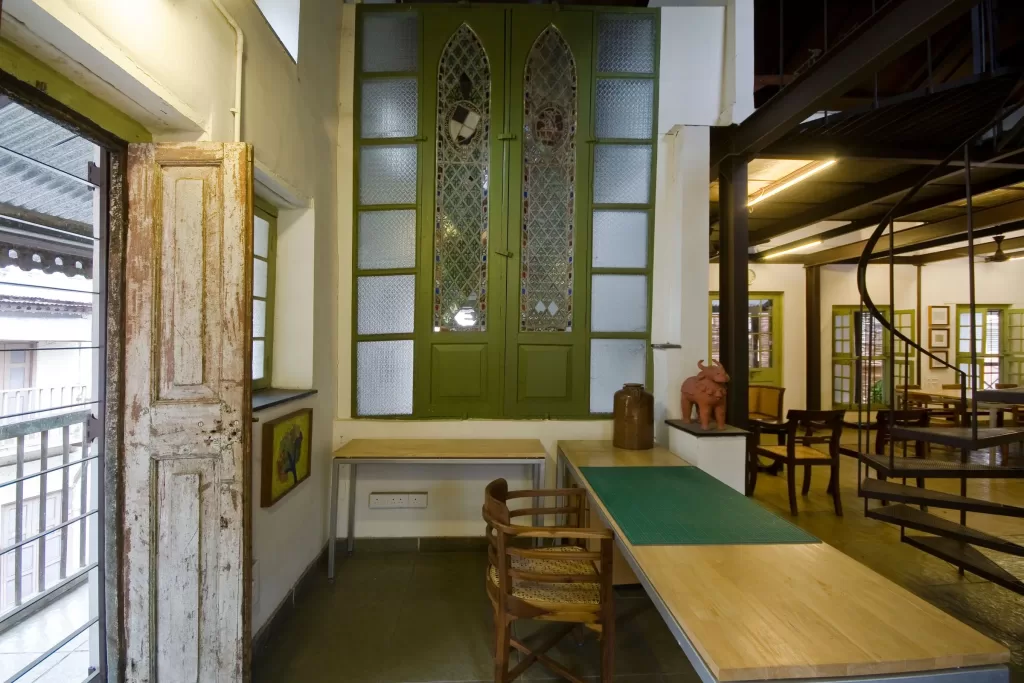
To successfully repurpose existing buildings, it is essential to conduct an initial cost estimate, develop a detailed budget, explore financing options, apply for grants and incentives, and establish financial partnerships. Conduct a thorough cost-benefit analysis to assess the project’s financial viability, allocate a portion of the budget to a contingency fund, and explore sustainable financing strategies. Consider a phased funding approach, breaking down the project into manageable phases, to minimise financial risks and adjust to changing circumstances. By managing these aspects, project leaders can ensure financial sustainability, secure resources, and navigate potential challenges in adaptive reuse projects.
4. The Symphony of Precision in Construction
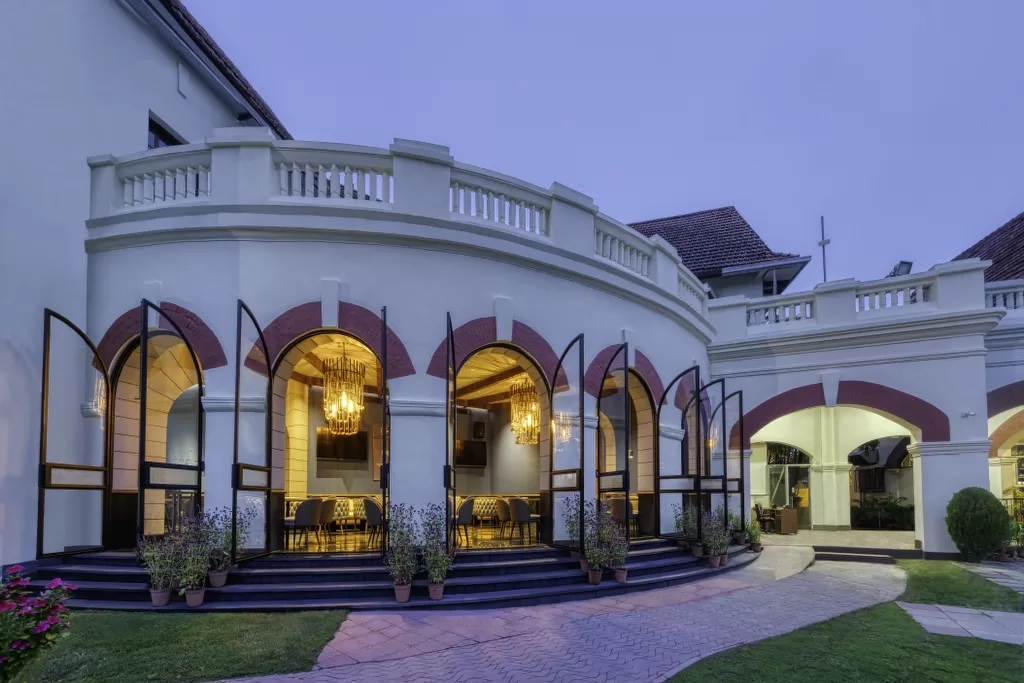
The process of adaptive reuse involves several stages, including site preparation, preservation and restoration, structural modifications, mechanical and electrical systems, interior finishing, compliance and inspections, quality assurance, project management and coordination, sustainability measures, public relations and community outreach, final inspections, and certifications. The project team, including contractors, architects, engineers, and other professionals, must be assembled and communicated effectively. Quality assurance programmes should be implemented to monitor the construction process and maintain high standards.
5. From Blueprint to Brilliance
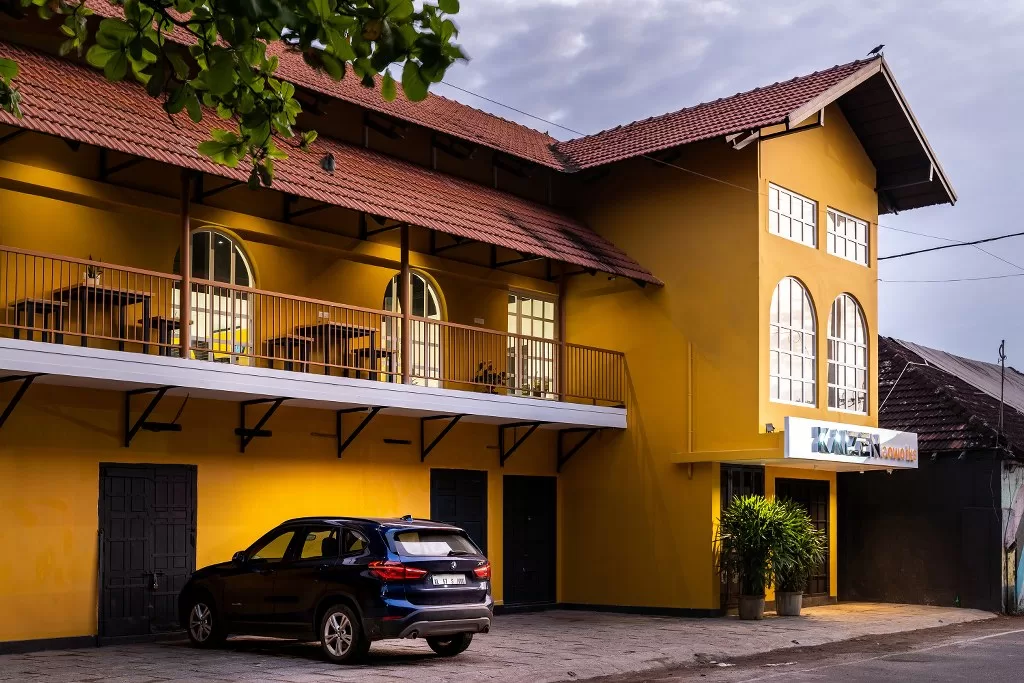
The process of completing an adaptive reuse project involves several steps. This is to ensure that the project complies with building codes and regulations, meets functional needs, and is safe and suitable for its intended use. The project also involves implementing planned programming, ensuring continuous improvement and responsiveness to evolving needs. By following these steps, adaptive reuse projects can integrate seamlessly into the community, fulfil their intended purpose, and contribute positively to the cultural, economic, and social fabric.
Famous Adaptive Reuse Buildings in India
1. Kala Ghoda Pavilion
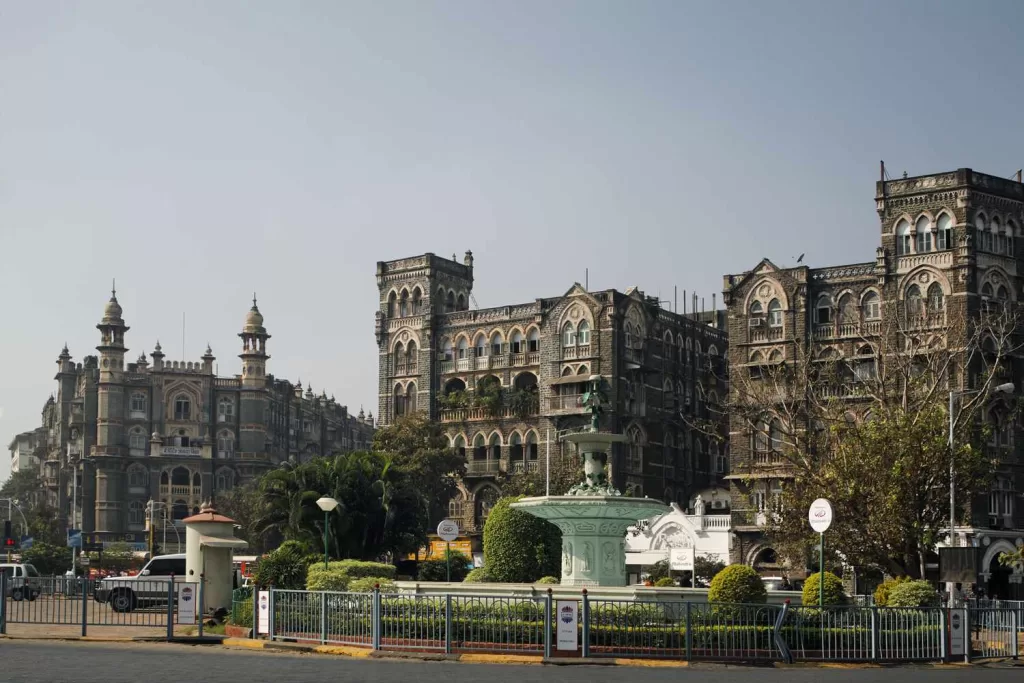
The Kala Ghoda Pavilion, located in the Kala Ghoda Art Precinct, is a cultural hub that has been transformed through adaptive reuse. The building, dating back to the colonial era, has been transformed into a dynamic hub for creative expression. It hosts various art exhibitions and events, contributing to Mumbai’s vibrant cultural scene. The adaptive reuse project aims to preserve the building’s architectural charm by restoring and maintaining significant features while repurposing interior spaces.
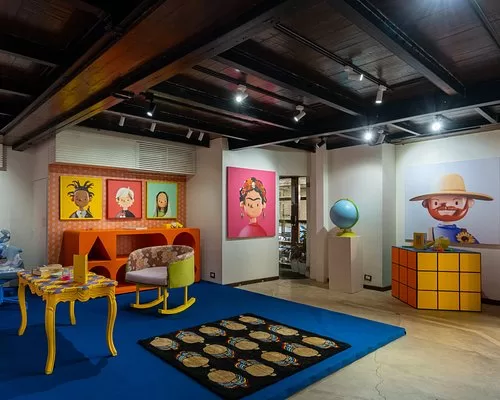
Community engagement initiatives, involving local residents, artists, and cultural enthusiasts, have been part of the transformation process. The project also incorporates modern amenities, technology, and design elements while respecting the building’s historical integrity. The adaptive reuse contributes to the overall revitalization of the Kala Ghoda Art Precinct, preserving the area’s cultural identity and fostering a sense of place. The project has played a significant role in preserving the area’s cultural identity and fostering a sense of place.
2. The Imperial Hotel
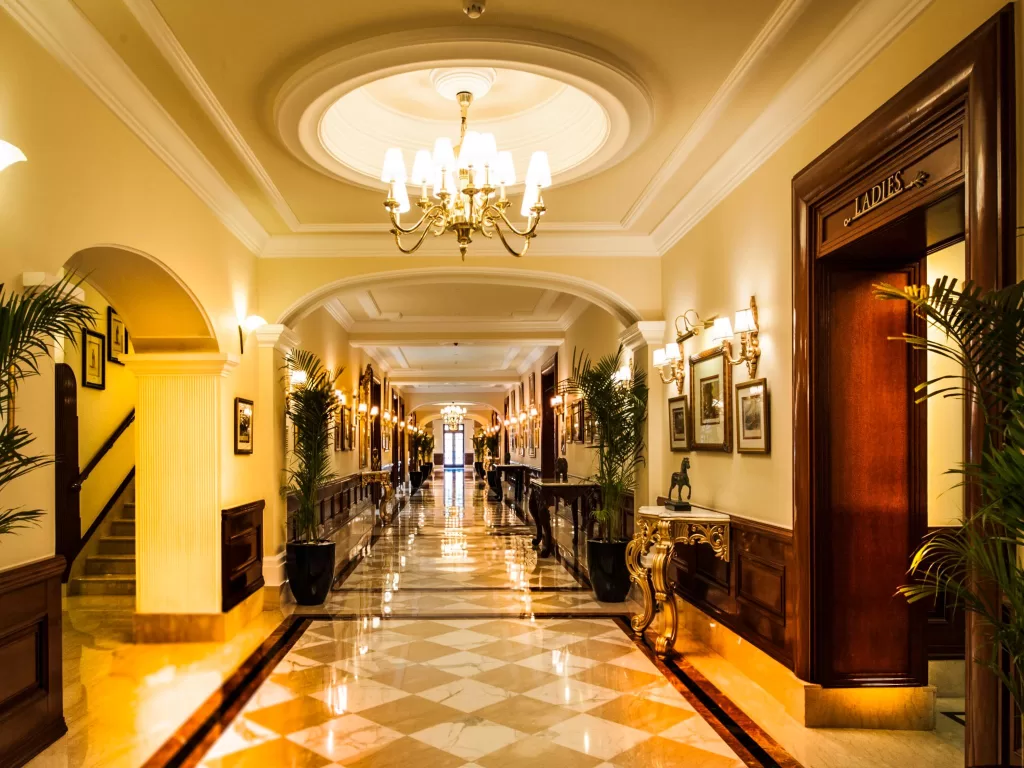
The Imperial Hotel in New Delhi is a historic luxury hotel that has undergone extensive restoration and adaptive reuse. The hotel’s historical significance stems from its colonial-era charm and architectural grandeur. The adaptive reuse aimed to preserve and restore its architectural heritage, including its art deco interiors and grand facades. Modernization for luxury hospitality was also undertaken, upgrading facilities, amenities, and services to provide a high-end experience for guests. The hotel’s successful adaptive reuse blends heritage elements with modern luxury, allowing guests to experience the grandeur of a bygone era while enjoying modern comforts and services.

The adaptive reuse project aimed to preserve the hotel’s cultural legacy, serving as a living testament to the historical and cultural narrative of New Delhi. The hotel’s relevance have contributed to its continued popularity, making it a preferred choice for both domestic and international visitors seeking a unique and culturally rich accommodation experience. Adaptive management and upkeep are essential for the success of adaptive reuse. The Imperial Hotel has become an iconic venue for various events, including weddings, conferences, and cultural gatherings, thanks to its historic ambience and modern amenities.
Conclusion
Adaptive reuse architecture is a crucial strategy in India for its significance in historical preservation, sustainable development, limited urban space, economic viability, and cultural tourism. Adaptive reuse also fosters community engagement and identity, government initiatives and policies, and the challenges of rapid urbanization. India’s rich historical and cultural heritage allows for the preservation of these structures, while adaptive reuse architecture aligns with sustainable development principles. Adaptive reuse projects can be economically viable, as they provide a solid foundation, reduce construction costs, and make the overall project more financially feasible. Adaptive reuse architecture involves community engagement, fostering a sense of community identity and ownership. As cities continue to evolve, adaptive reuse will play an increasingly vital role in shaping the built environment.
Content Writing And Research By: Ar. Priyanshi Shah
The post Adaptive Reuse Architecture: Old Spaces Breathing New Life appeared first on The Architects Diary.
Leave a Reply